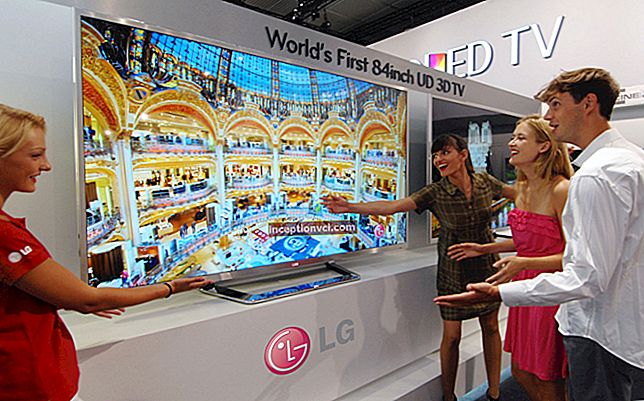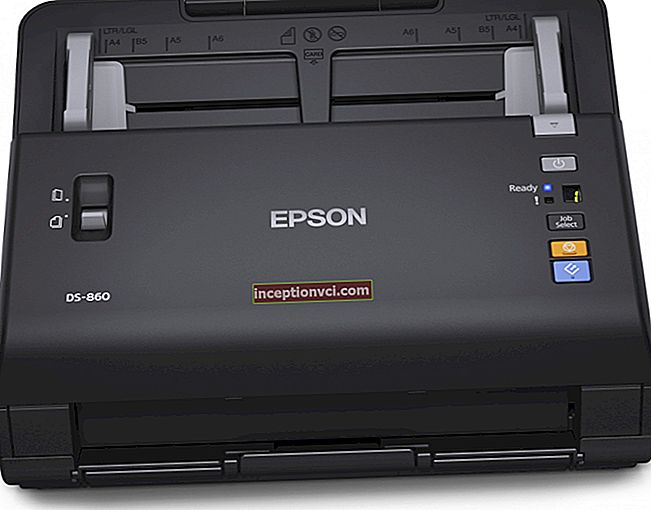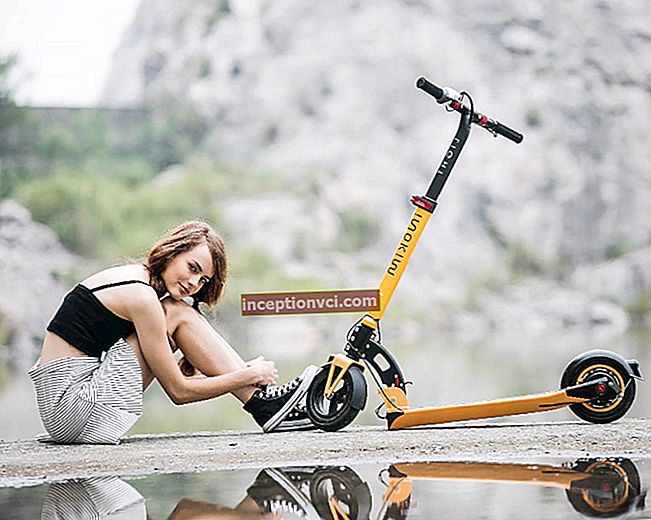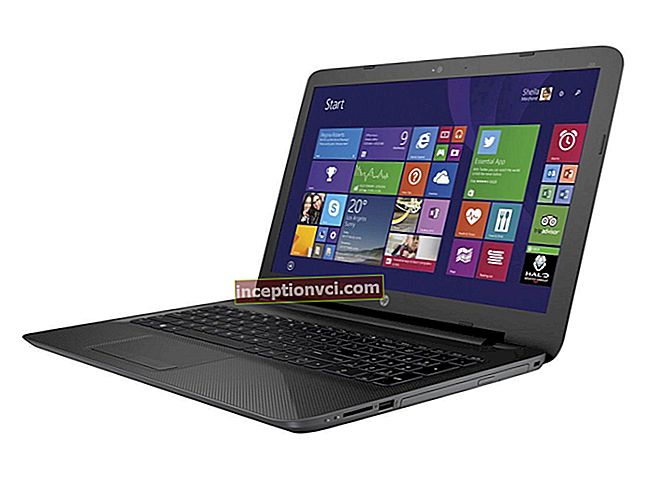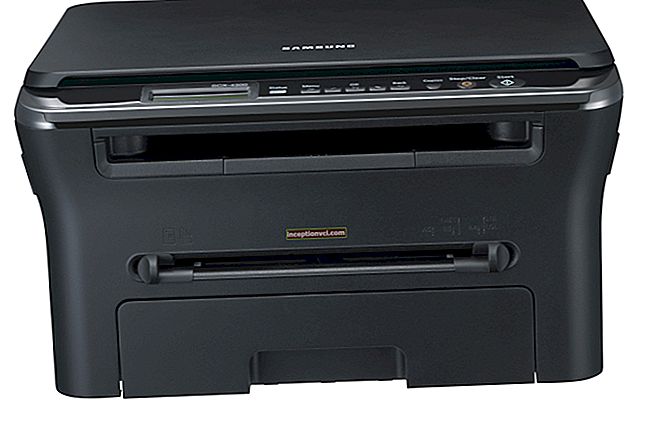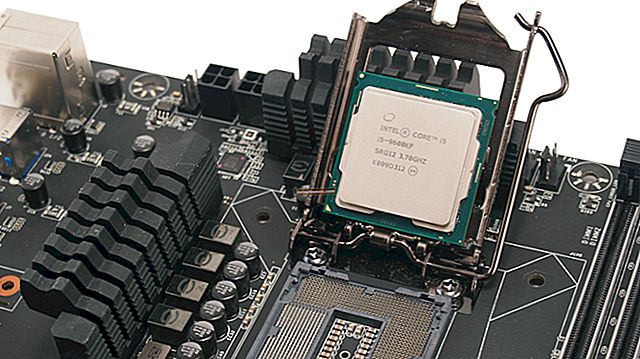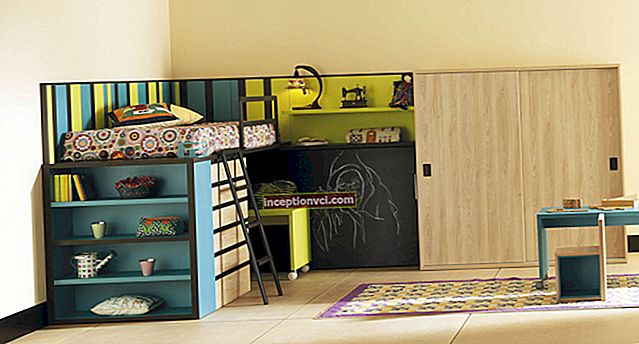Analog standards for connecting video sources to display devices have finally given way to digital ones. It's not always possible to connect a monitor "via VGA" every time - not all video cards have such "old" stuff left.
True, by inheritance from analog times, some division of audio and video equipment and computers is still preserved. The de facto connector for “near-television” devices is now HDMI, computers are connected to monitors “digitally” via DVI, which, becoming obsolete, is being replaced by modern and convenient HDMI and DisplayPort.
What is DVI, what are its advantages and disadvantages?
DVI - the first wired interface to replace the outgoing VGA in computer technology. Developed by the Digital Display Working Group, a consortium of hardware manufacturers: Intel, Compaq, Fujitsu, Hewlett-Packard, IBM, NEC, Silicon Image. The abbreviation DVI stands for "Digital Visual Interface", in translation - "digital video interface". It appeared in 1999, when there were still a lot of CRT monitors and VGA cards, and the mass migration of users to LCD displays was in the future. In this regard, it necessarily contained an analog channel for the implementation of VGA-connection through adapters. The modular structure of the interface has led to the fact that at the moment there are five sub-standards with similar, but still slightly different connectors. DVI-I Dual-Link is the most complete DVI implementation. All pins of the connector are used, as a result, it is possible to transmit a signal over two digital and one analogue channels. DVI-I Single Link is one analog and one digital channel. DVI-D Dual-Link-two digital channels, it is possible to connect WQXGA displays with a resolution of 2560 x 1600 pique., with a refresh rate of 60 Hz, or WUXGA, 1920 x 1200, with a refresh rate of 120 Hz. Of course, all lower resolutions are also supported, and therefore it is advisable to always have such a cable at hand: now it is the most relevant. DVI-A remained in the past: there are no digital channels in it. Leave it to the museum. Now about the practical application of the knowledge gained. If the specification for a widescreen monitor specifies the DVI-D interface type, you need to make sure that both the video card and video cord are suitable for this type of connection, otherwise the image quality on the screen may be poor. A common disadvantage of DVI is its limited habitat (computers) and the impossibility of realizing digital video and sound with a single wire: there are no free twisted pairs in the "cord" and no pins in the connector. What can be considered a modern analogue of the DVI interface? Of course, HDMI - High-Definition Multimedia Interface, high definition multimedia interface. The implementation of the connection is the same as that of DVI, but HDMI has more advantages - higher bandwidth, more compact connectors are used, one cable can transmit both video data and eight-channel digital audio (16 bit). For licensees, the most interesting copy protection pioneered by HDMI is HDCP (High-Bandwidth Digital Copy Protection). Pilot revisions of the interface (1.0) were announced in 2002 and even then they were implementing the possibility of transmitting Full HD video signals. The current revision of the interface is 1.4a, although the stores most often find cables of the HDMI 1.3 standard. The specification-compliant cable supports single wire transfer rates up to 10.2 Gbps. HDMI-DVI adapters are very simple, since HDMI is backward compatible with DVI, and the wires in the adapter are connected using the pin-to-pin (point to point) principle. Despite the consistently high image quality, no matter whether through an adapter or directly, sound transmission is possible only through a native HDMI cable. Connecting via HDMI is now the most common. I wonder why? First of all, because all modern equipment - TVs, DVD-players, AV-receivers, video cards - is compatible with HDMI, despite the fact that the use of the interface provides for licensing fees from 4 to 15 cents from each device. This wide reach is made possible because HDMI was the first to support full HD video streaming along with digital multichannel audio, making it the home theater and its popularity. Why are the cables so "fat" and what kind of "barrels" are they embedded near the connectors? I'll start with the "barrels". These are ferrite rings, tori made of a special material, put on the cable and mechanically fixed. Their purpose is to reduce the level of high-frequency interference that can come from the power source of any modern device: computer, laptop, TV. Adding noise to the digital stream leads to the appearance of the effect of "blurring" the image, a decrease in contrast (visually, the picture becomes "flat"), white dots or stripes may appear in the dark areas of the screen - all this is the influence of the cable. The frequency of the video signal in modern devices is very high, and a number of measures are used to eliminate interference in high-speed cables: wires with a cross section of no more than 24 AWG are twisted into twisted pairs, each shielded separately from the other, separate "earth" conductors are provided. The many layers of insulation are the reason an HDMI cable can't be thin. Of course, the helpful Chinese are right there, but by connecting the TV to the media center with their skinny wire, get ready for surprises. Are digital communications lines susceptible to interference? There are only "0" and "1", everything else is ignored, isn't it? There is some truth in this judgment, but in life everything is a little more complicated. Without going deep into physics and schematic diagrams, we can say that the interference can be of such a high level that the signal receiver will count it as "1" and will certainly add it to the useful signal. Or, conversely, when a part of the signal is attenuated in a long cable, the receiver partially passes such a stream, only what it was able to “hear” and did not count as “0”. Of course, signal loss does not affect the picture as much as in the "analog" era, but on screens with a diagonal of more than 26 ", the interference from the cable is very clearly visible. How to connect multiple monitors to one HDMI source? By analogy with USB, in the case of HDMI, multi-port hubs are used. They will also come in handy if you need to use a long wire, more than 10 m, to connect the remote screen, because the image quality with longer wires is not guaranteed by the specification. Why do we need outputs on a video card - DP, Mini DP - if there are more than enough HDMI capabilities? DP, Mini DP - DisplayPort connectors, today's most advanced monitor interface. In terms of the appearance of the connectors, this interface is a bit like SATA. The main thing that ensured its popularity and development is the highest bandwidth: in revision 1.2 it is twice as high as for DVI Dual-Link, and even higher than for HDMI - 21.6 Gbps. At the same time, the cables of this standard are thin, the connectors can be connected with one hand. There are service lines for connecting with USB peripherals (webcams, touch panels), a digital multichannel audio channel is allocated. Supported single screen resolutions are 3840 x 2400 pique at 60 Hz. Or 2560 x 1600 Hz, but the refresh can be raised to 120 Hz. Officially, the cable length can be 15 m, but even with this length of the connecting cord, it is possible to create a Full HD 1920 x 1080 (60 Hz) image. It is noteworthy that DP has become the main default interface for Apple computers: it is used on Macs and displays from Apple, which for many users can be an indicator of the quality of the technology. Most likely, there will be no competition with HDMI. The latter took root in consumer audio-video equipment, and DP is a near-computer standard that attracted professionals. Is it possible to connect a DisplayPort graphics card to a monitor with DVI and HDMI sockets? Yes, of course, there are many adapters, both DVI and HDMI. And even on VGA - but this is from the field of technical curiosities. Adapters can be with complex electronic stuffing and called "active", that is, either have their own "personal" network adapter, or feed from a USB port.
